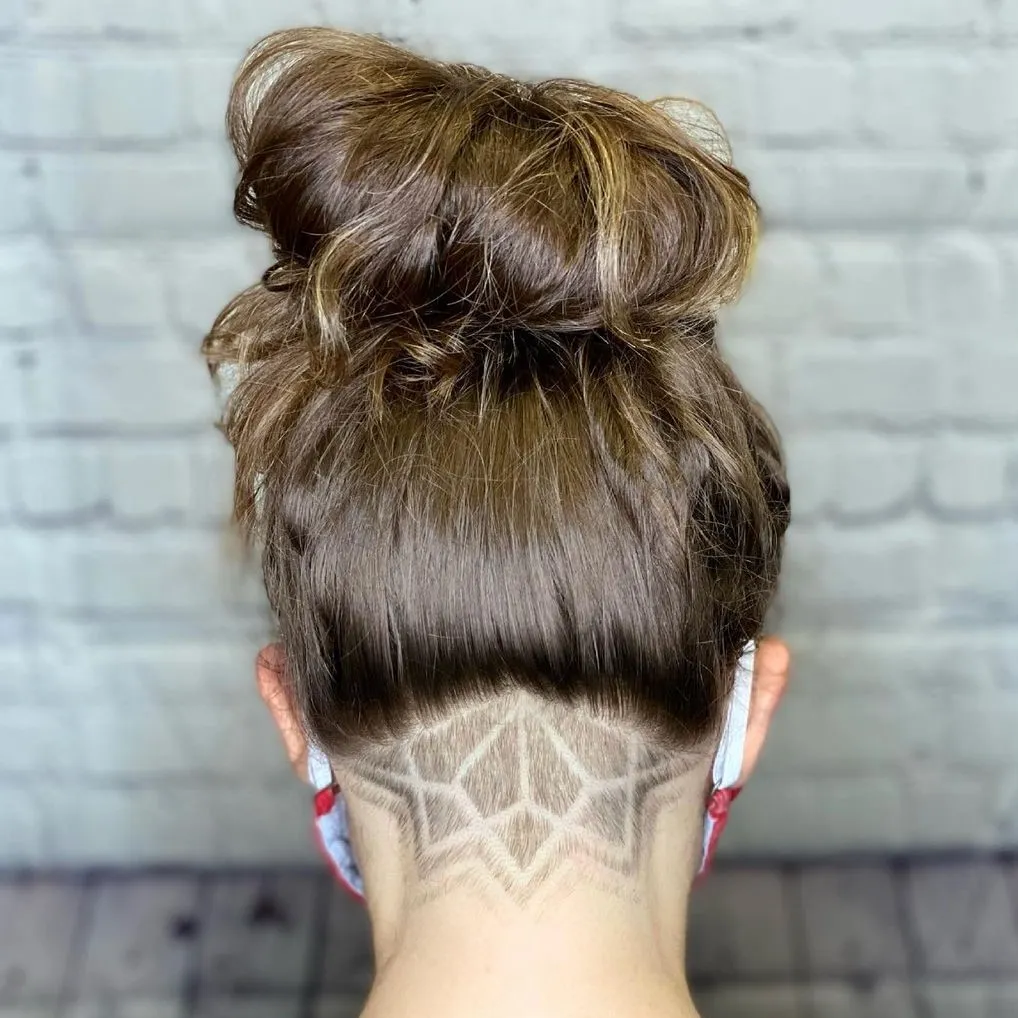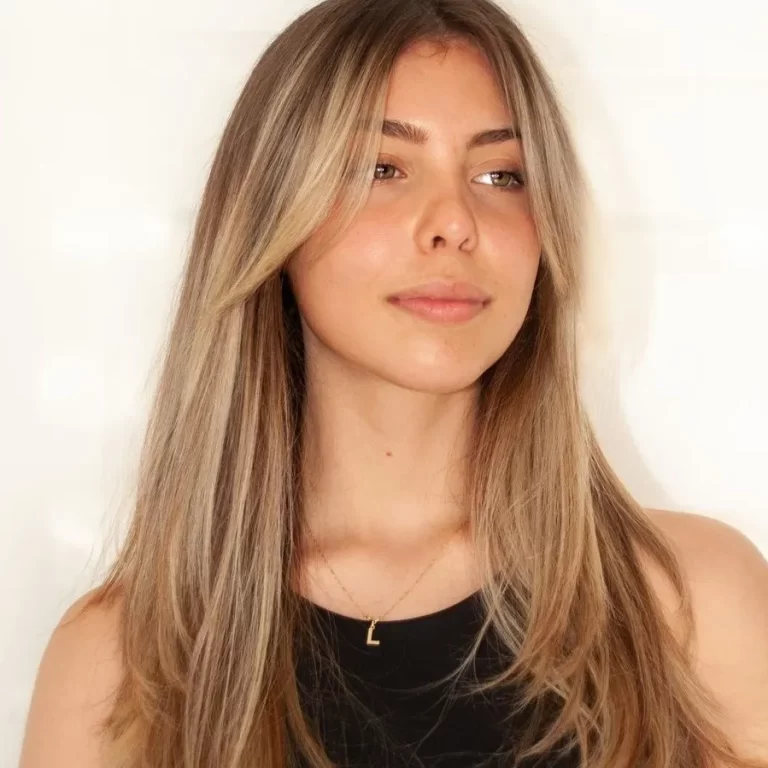
Undercut Hairstyle: Bold, Versatile, and Trendy
Revolutionizing Modern Hair Fashion
Undercut hairstyles have taken the world of hair fashion by storm, offering a perfect blend of edgy and sophisticated looks. This versatile style involves shaving or closely cropping the sides and back of the head while leaving the top longer. The result is a striking contrast that allows for endless creativity and personalization. From sleek professional styles to bold, avant-garde designs, the undercut adapts to various preferences and lifestyles. This comprehensive guide will explore the history, variations, styling techniques, and maintenance of undercut hairstyle, helping readers understand why this trend continues to dominate hair fashion.
The Evolution of the Undercut: From Rebellion to Mainstream
The undercut’s journey through history reflects changing social norms and fashion trends. Originally popular in the 1920s and 1930s, the style was often associated with working-class men and gangsters. It experienced a revival in the 1980s punk and new wave scenes, symbolizing rebellion against mainstream culture. The 1990s saw the undercut adopted by the grunge movement, further cementing its status as an alternative style. However, the 21st century has witnessed the undercut’s transformation into a mainstream fashion staple.
Celebrities, athletes, and fashion icons have embraced the style, contributing to its widespread popularity. Today, the undercut transcends gender, age, and cultural boundaries, appealing to a diverse range of individuals seeking a bold yet versatile look. Its evolution demonstrates the style’s ability to adapt to changing fashion landscapes while maintaining its edgy appeal. The undercut’s journey from subculture to high fashion exemplifies how hairstyles can reflect and influence broader social trends.
Varieties of Undercut Styles: Finding the Perfect Match
The beauty of the undercut lies in its versatility, offering numerous variations to suit different tastes and face shapes. The classic undercut features short sides and back with a longer top, which can be styled in various ways. The disconnected undercut creates a more dramatic contrast between the short and long sections, often with a distinct line separating them. For those seeking a subtler look, the fade undercut gradually blends the shorter sides into the longer top. The side-swept undercut, popular among both men and women, involves combing the longer top hair to one side for an asymmetrical effect.
The textured undercut adds dimension by incorporating different lengths and textures in the top section. For a bolder statement, the mohawk undercut combines the traditional mohawk with shaved sides. The undercut with designs allows for creative expression through intricate patterns shaved into the short sections. Women often opt for the undercut bob or pixie, which incorporates the shaved sections into these classic short hairstyles. Each variation offers unique advantages and can be customized to complement individual features and personal style.
Styling Techniques: Mastering the Art of the Undercut
Achieving the perfect undercut look requires mastering various styling techniques. For a sleek, professional appearance, apply a small amount of pomade or gel to damp hair and comb the longer top section back for a classic slicked-back undercut. To create volume and texture, use a blow dryer with a round brush to lift the hair at the roots while directing it backward or to the side. For a messy, tousled look, apply a texturizing product to dry hair and use fingers to create piece-y separation.
The quiff undercut involves brushing the front section of hair upward and backward, creating height at the front of the head. To achieve a pompadour undercut, use a combination of blow-drying and product application to create a voluminous, swept-back style that’s higher in the front and gradually lowers towards the back. For those with curly or wavy hair, embrace natural texture by applying a curl-enhancing product and allowing the hair to air dry or using a diffuser attachment on a blow dryer. Braids and cornrows can be incorporated into the longer top section of an undercut for a unique, edgy look. Experimenting with different partings can dramatically change the appearance of an undercut, allowing for versatility within the same cut.
Maintenance and Upkeep: Keeping Your Undercut Fresh
Maintaining an undercut requires regular upkeep to preserve its sharp, defined look. The frequency of maintenance depends on individual hair growth and desired style, but most people need touch-ups every 2-4 weeks. To maintain the contrast between the short and long sections, regular trimming of the shaved or short areas is essential. Many opt to learn basic maintenance techniques to touch up their undercut at home between salon visits.
Investing in quality clippers or trimmers can help with at-home maintenance. For those with designed undercuts, more frequent touch-ups may be necessary to keep the patterns crisp and visible. Proper hair care is crucial for maintaining the health and appearance of the longer top section. Use shampoos and conditioners suitable for your hair type, and consider incorporating leave-in conditioners or hair masks for added nourishment.
Heat protectant products are essential when using styling tools to prevent damage. Regular deep conditioning treatments can help maintain hair health, especially for those who frequently use styling products or heat tools. To extend the life of your style between washes, dry shampoo can be a valuable tool for absorbing excess oil and adding volume. When growing out an undercut, patience is key. Regular trims of the top section can help balance the look as the shorter sections grow out.

Choosing the Right Undercut: Considerations for Face Shape and Lifestyle
Selecting the ideal undercut style involves considering face shape, hair texture, and lifestyle factors. Oval face shapes are versatile and can carry off most undercut styles. For round faces, a longer top with a high fade can help elongate the face. Square faces benefit from softer lines, such as a textured top with a low fade. Heart-shaped faces look great with side-swept styles that add width to the lower part of the face. Those with diamond-shaped faces might opt for a style with more volume on top to balance wider cheekbones. Hair texture plays a crucial role in determining the most suitable undercut variation.
Fine hair often benefits from styles that add volume, while thick hair may require thinning to achieve certain looks. Curly hair can create unique, eye-catching undercuts with natural texture on top. Lifestyle considerations are equally important. Those in conservative work environments might choose a subtler undercut that can be styled professionally. Active individuals may prefer low-maintenance styles that look good with minimal styling. Climate can also influence the choice, with humid environments favoring styles that work well with natural texture. Personal style and fashion preferences should align with the chosen undercut to create a cohesive overall look.

The Cultural Impact of Undercuts: Beyond Just a Hairstyle
The undercut’s popularity extends beyond mere aesthetics, reflecting broader cultural shifts and social statements. In many ways, the undercut represents a blend of rebellion and conformity, allowing individuals to express uniqueness while adhering to a recognizable style. The style’s gender-neutral appeal has contributed to challenging traditional notions of masculinity and femininity in hair fashion. Undercuts have become particularly popular in LGBTQ+ communities, often serving as a form of self-expression and identity signaling.
In professional settings, the undercut’s ability to be styled conservatively or boldly allows for personal expression within workplace norms. The style has also influenced fashion and media, appearing prominently in films, television shows, and advertising campaigns. Social media platforms have played a significant role in the undercut’s popularity, with hashtags and image-sharing fostering a global community of undercut enthusiasts.
This has led to rapid dissemination of new variations and styling techniques. The undercut’s versatility makes it accessible to people of various ethnicities and hair types, contributing to its widespread appeal. As a result, the style has become a symbol of modern, global fashion that transcends cultural boundaries. The undercut’s enduring popularity demonstrates how hairstyles can reflect and influence social attitudes, serving as a barometer for changing perceptions of style, gender, and self-expression.



